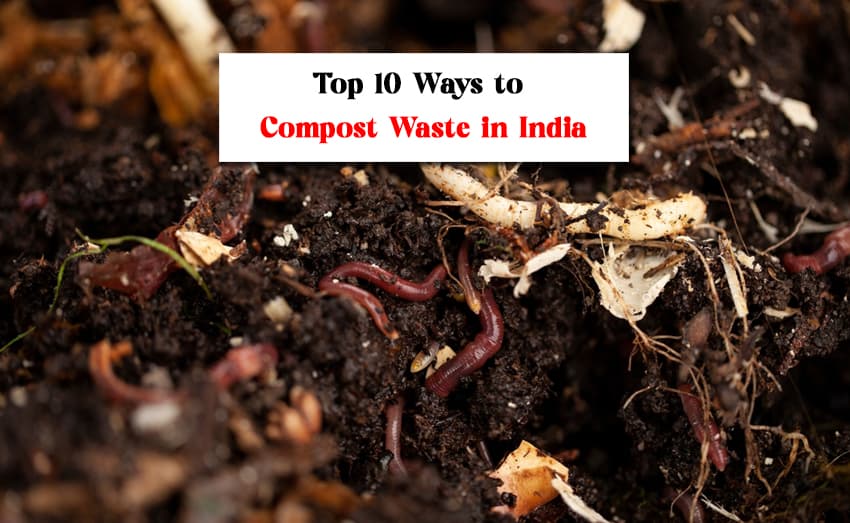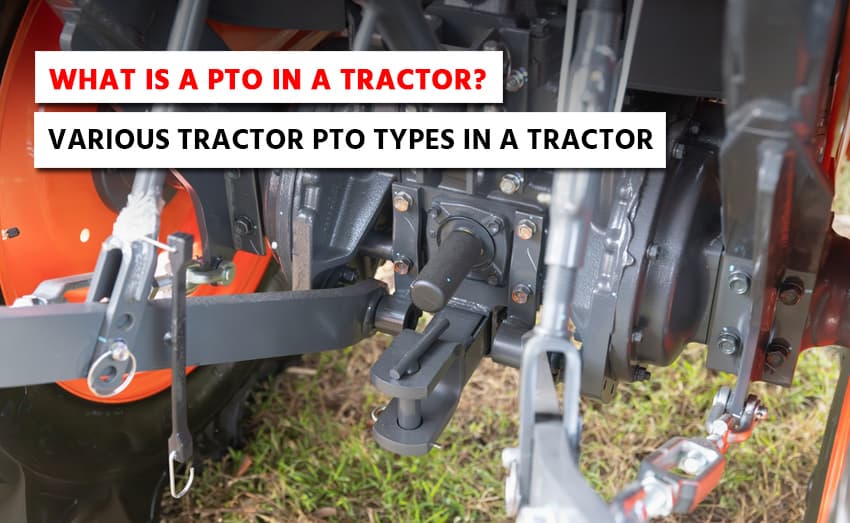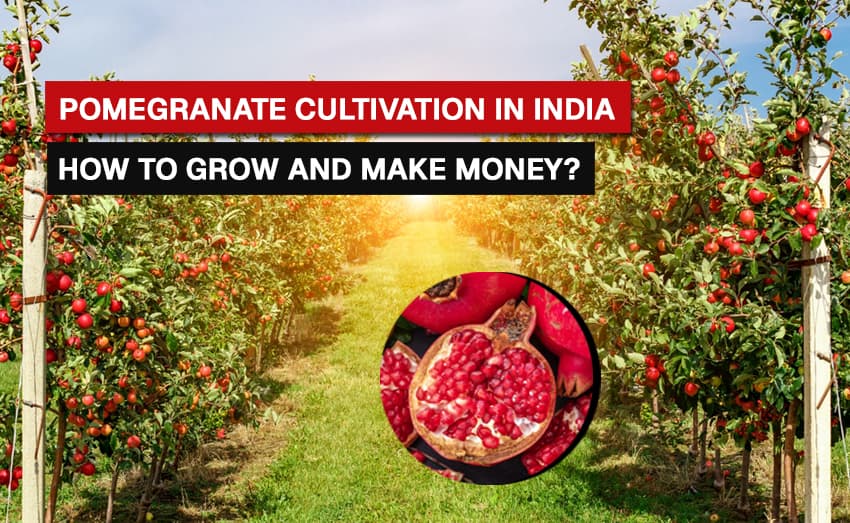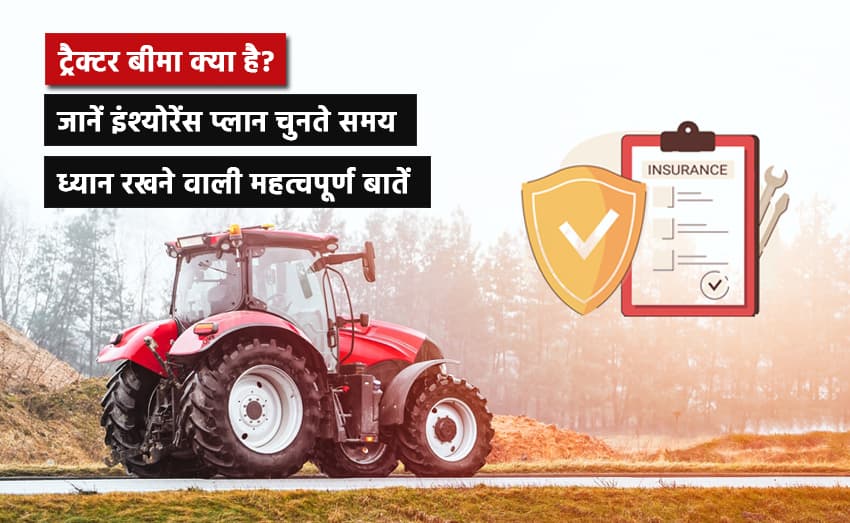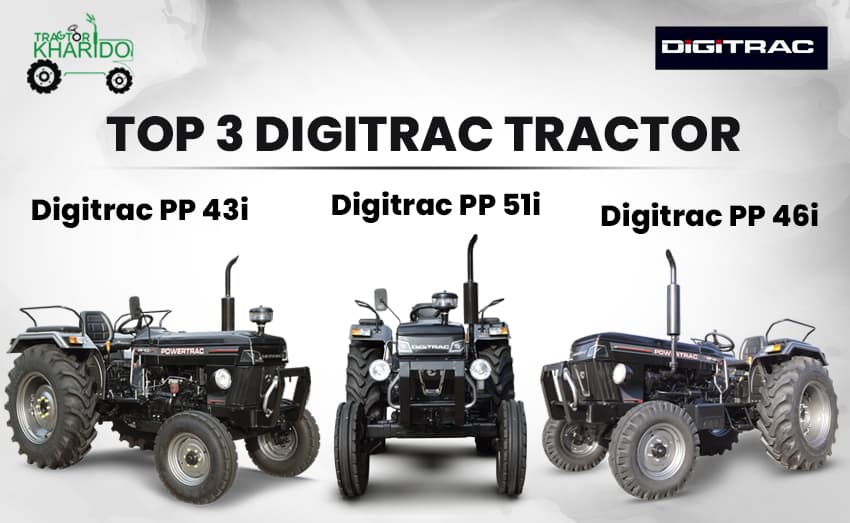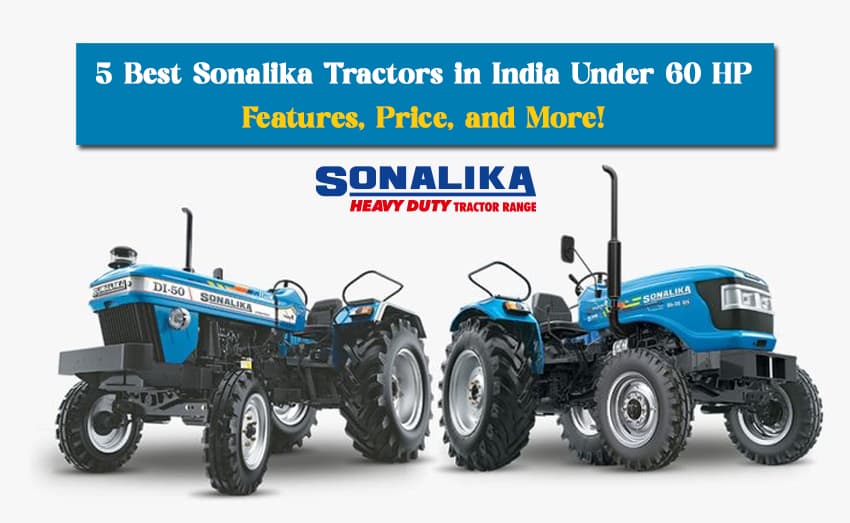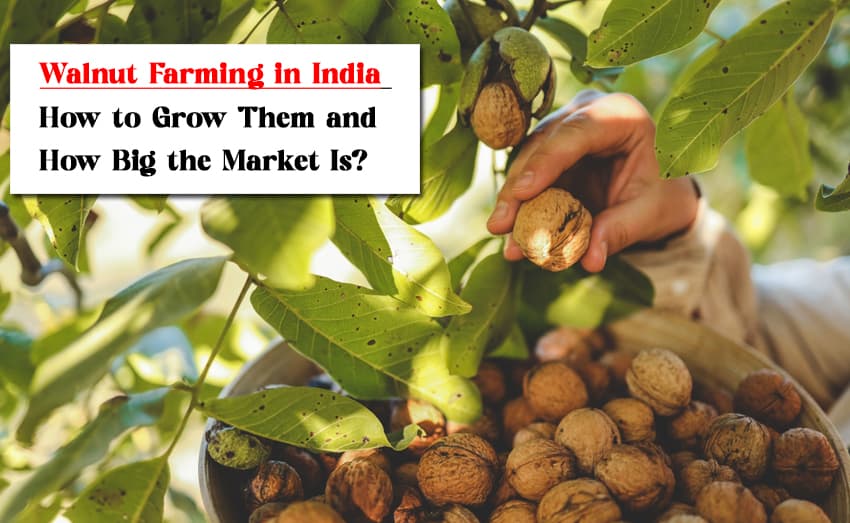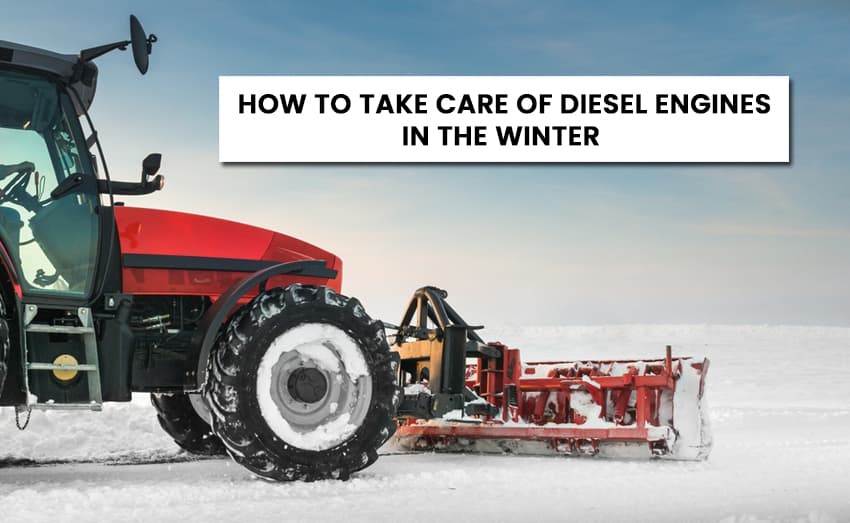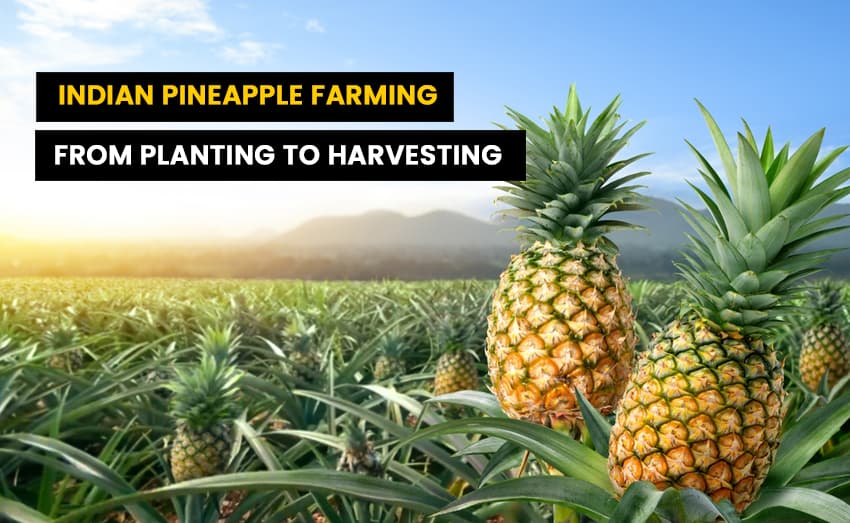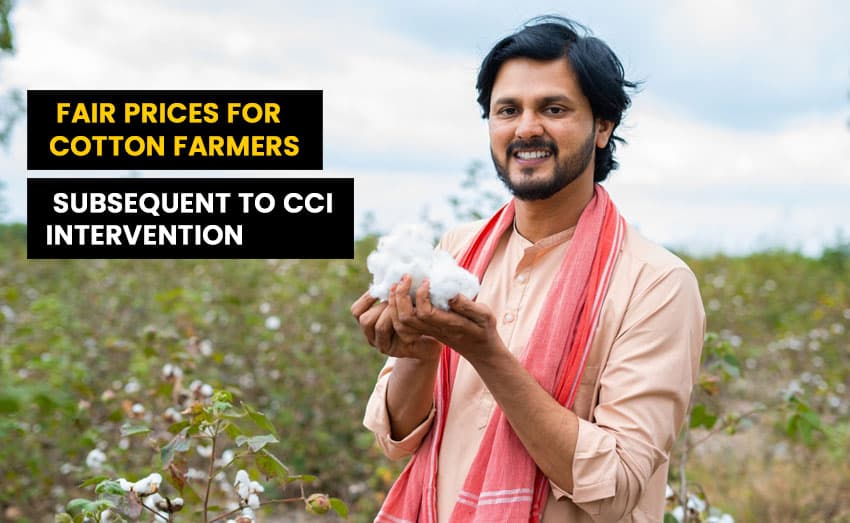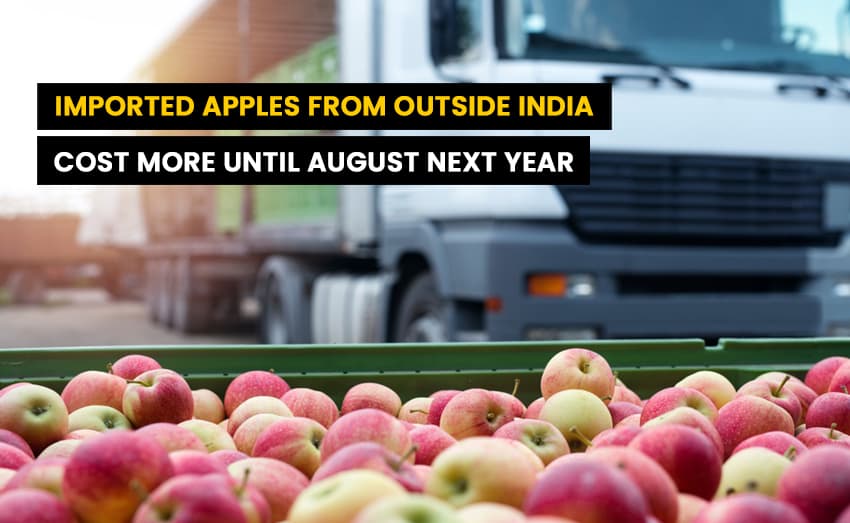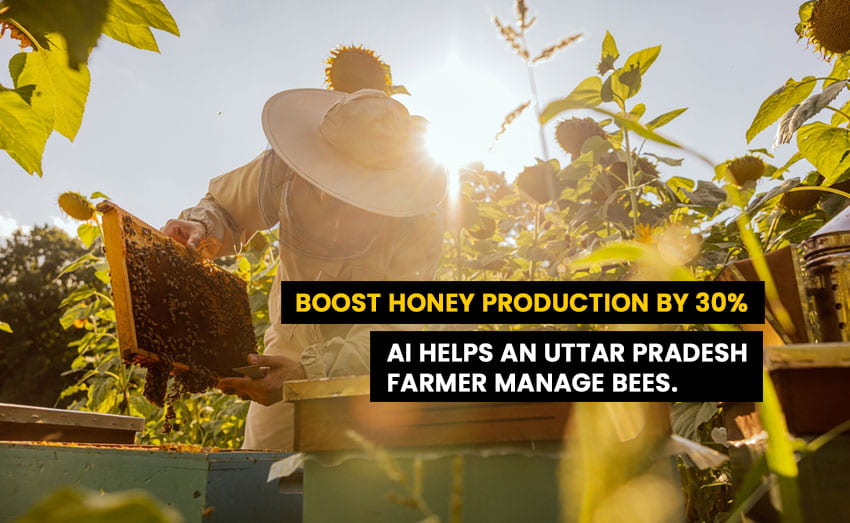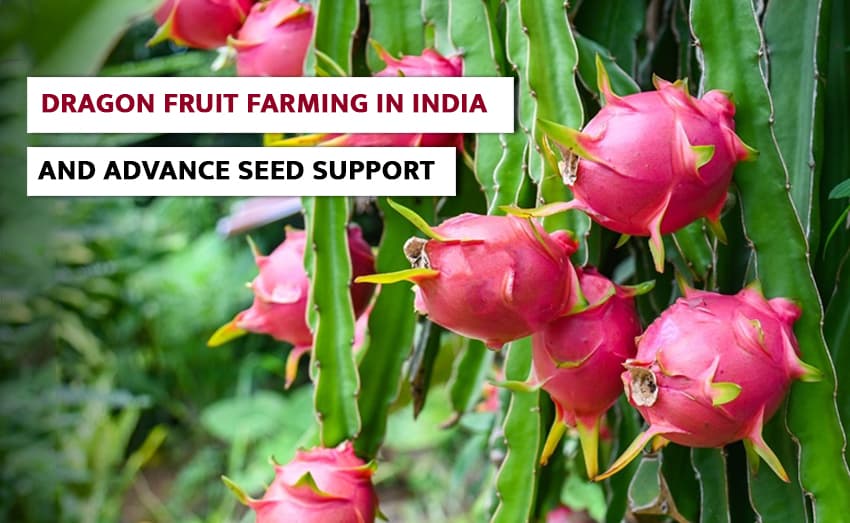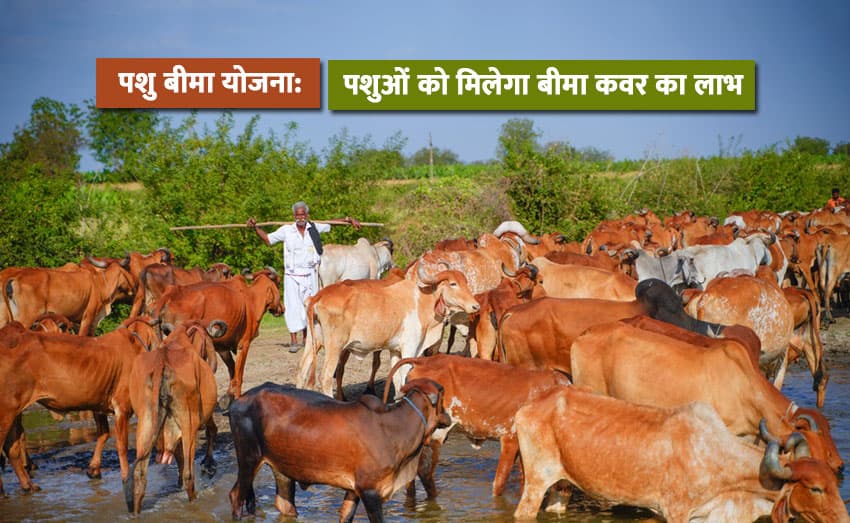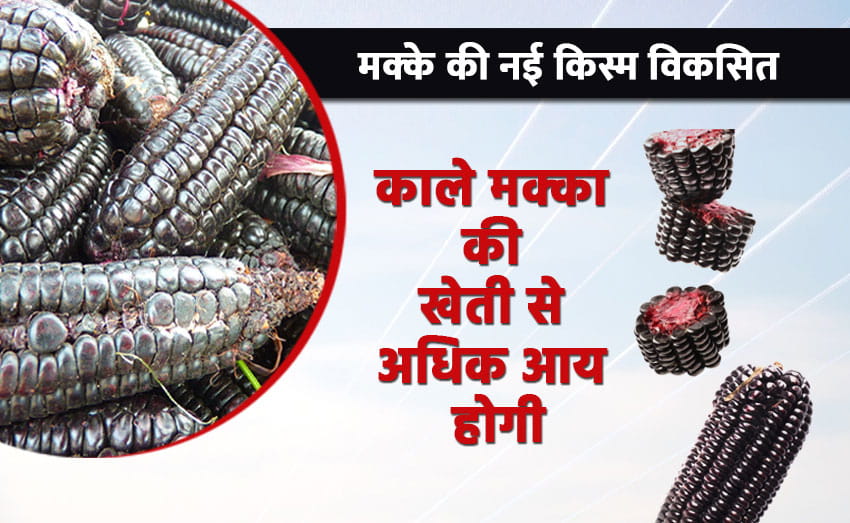Top 10 Ways to Compost Waste in India
In India, composting is a good way to deal with organic trash. This blog post discusses the ten most effective methods for composting, which give people, groups, and businesses a variety of ways to turn organic waste into useful compost.
The Beginning
Indian agriculture has one of the best models for farming because it combines science and philosophy in a way that makes sense for both growing food and taking care of the land. To make sure that our overpopulated country has enough food, agriculture is becoming more modern and intensive. However, this has also caused more food residue to be left over. Burning crop residue or not managing it properly hurt the land and people's health in the long run. Because of this, many technologies have been created to turn these food wastes into organic fertilisers, mostly through composting.
Composting is the natural process by which bacteria break down organic matter like leaves, animal waste, food scraps, and more. Compost made this way is full of nutrients and is good for the environment. It can be mixed with dirt to help plants grow better. India has a lot of problems with how they handle trash. Composting diverts organic waste from landfills, so contributing to environmental preservation. Let's look at the ten best ways to compost.
What are the ten best ways to compost trash?
In India, composting trash is an important part of organic farming. This useful and long-lasting method takes care of organic waste that people normally throw away. It not only cuts down on waste, but it also helps the land grow better.
Different ways of recycling are used all over the world. Each one is good for different things and works better in certain situations. These are the different kinds of trash that can be composted:
Traditional Composting
One of the easiest and least expensive ways to compost is to use old food scraps. Because of this, it works best for small farms, community gardens, and homes. In a composting bin or pile, things like food scraps and dry leaves are stacked on top of each other. Periodically turning or mixing is done to help with air and breakdown.
The organic waste turns into compost over time with the help of microorganisms. It is possible to use this bio soil as a natural fertiliser.
Vermi Composting
Earthworms speed up the breakdown process in vermicomposting. Things like dry leaves and other organic garbage are put in a container or vermicomposting bin. The earthworms eat organic matter, and their waste, called castings, is a fertiliser that is full of nutrients.
The bed method and the pit method are two types of vermicomposting. Vermicomposting is a very effective way to make good compost. It's also great for composting at home or in a business setting.
Composting with Aerated Static Pile
Aerated pile of dirt Composting involves making a big pile of waste that is kept airy with a system of pipes with holes in them. The organic trash is mixed together to make a big pile. The perforated pipes are put into the pile to bring air to it.
A fan system makes sure that there is enough air flow and that the temperature stays stable. This way of composting trash speeds up the decomposition process and can be used for large-scale composting, like at facilities that take care of municipal solid garbage.
In vessel Composting
In vessel composting is a controlled way to compost that is done in barrels or vessels that have lids. The organic trash is put into the vessels, which carefully control the temperature, moisture, and air flow.
Waste is composted in a controlled environment. It speeds up the breakdown process and keeps smells in check. In-vessel composting works well in cities where room is limited and can handle a lot of different types of organic waste, like food scraps and garden trimmings.
Windrow Composting
Making long, narrow piles or windrows of organic waste is part of this way of composting. Waste is turned over every so often with the help of machines or other tools. It helps the matter breathe and break down properly.
When big amounts of compost are being made, like from farm waste or animal manure, the windrow method is often used. It needs more room and close attention to the amount of moisture, how often it turns, and the size of the pile.
Bokashi Composting
Bokashi composting is a type of composting that started in Japan and is based on fermentation. It entails utilising a specialised composting mixture or inoculant containing effective bacteria.
The EM inoculant is added to containers that keep air out that hold organic garbage. The organic stuff in the waste is broken down by fermentation. Because it is small, ferments quickly, and doesn't produce smells, bokashi recycling is best for homes and cities.
Pit Composting
The ground is dug up with a pit or ditch. Then, layers of biological waste are added to the pit along with something to make it bulkier, like dry leaves or straw. Soil or compost is put over the pit to help it break down and keep smells from spreading. Over time, the organic garbage turns into compost, which adds nutrients to the soil.
Composting in a pit is a long-term way to deal with organic waste in places where resources are limited. This easy, cheap way works well in rural areas and small farms because it doesn't need a lot of tools.
Anaerobic Digestion
Anaerobic digestion is a way to compost in which organic waste is broken down without air. The trash is put in a digester, which is a container that keeps air out. Anaerobic bacteria break down organic waste, producing biogas, which is a mix of carbon dioxide and methane.
Biogas can be harvested and utilised as a source of renewable energy. The rest of the sludge can be processed to make fertiliser that is full of nutrients. Large-scale waste handling, like in biogas production plants or wastewater treatment plants for cities, should use anaerobic digestion.
Community Composting
group composting is when everyone in a neighbourhood or group works together to break down organic waste. There are a lot of different ways to do this, such as using shared compost bins, community fields with composting facilities, or group composting projects.
Community composting encourages people to reduce their trash, brings people together, and gives community gardens and local farms a useful resource in the form of compost.
Industrial Composting
One well-known way to make biodegradable material is through industrial composting. It includes big composting plants that deal with lots of organic waste, like leftovers from farming, food processing, or city solid waste.
Facilities that use commercial composting methods have special tools and technologies that make composting work more efficiently. Shredders, windrow turners, and temperature control systems are a few examples. Industrial recycling is a big part of getting rid of trash and farming in a way that doesn't harm the environment.
Ring compost and pipe compost are two other popular ways to compost. Food and other organic trash can be recycled in a useful way by composting. It is good for the earth in many ways, such as improving the health of the soil and lowering greenhouse gas emissions. The composting methods we've talked about are all easy to pick from based on your wants and space.

